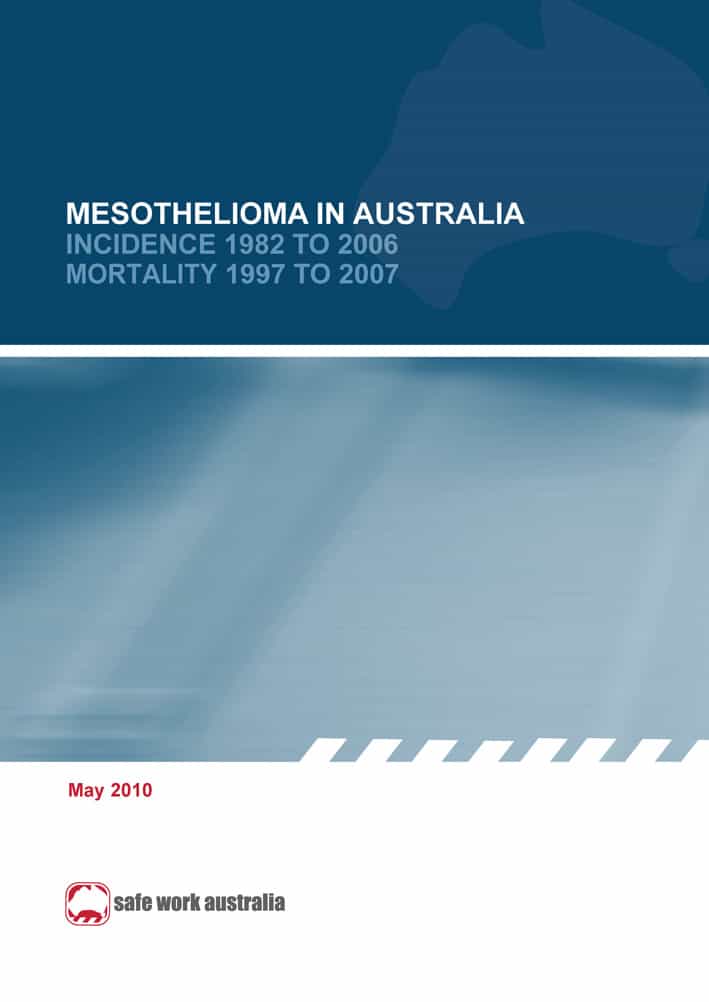For safety management and the profession to progress, the information horizons must broaden. Particularly in Australia, safety research runs the risk of developing upper-class chinless inbreds as, in many cases, it is divorced from reality and often does not look beyond the horizon both in distance or time. But research work in other disciplines may have applications in the safety profession.
The work of a doctoral student at the University of Technology Sydney (UTS), Xun Wang, may provide some indication of new tools that safety & HR managers could be using in the future. Continue reading “Artificial intelligence in safety”

